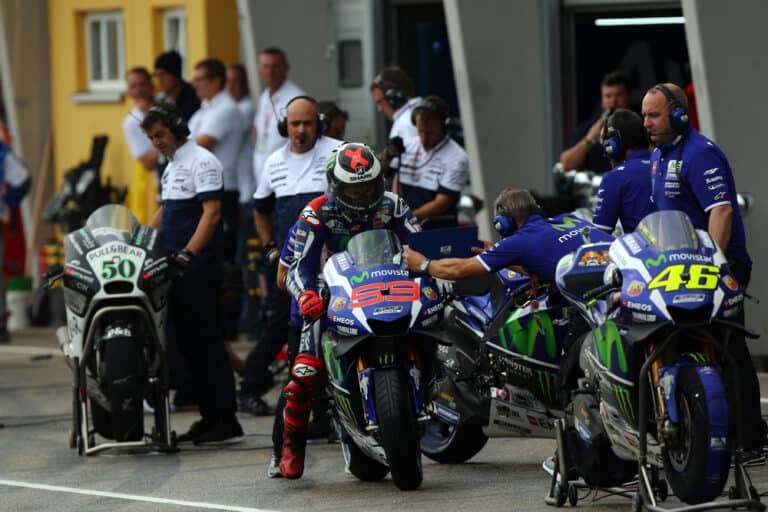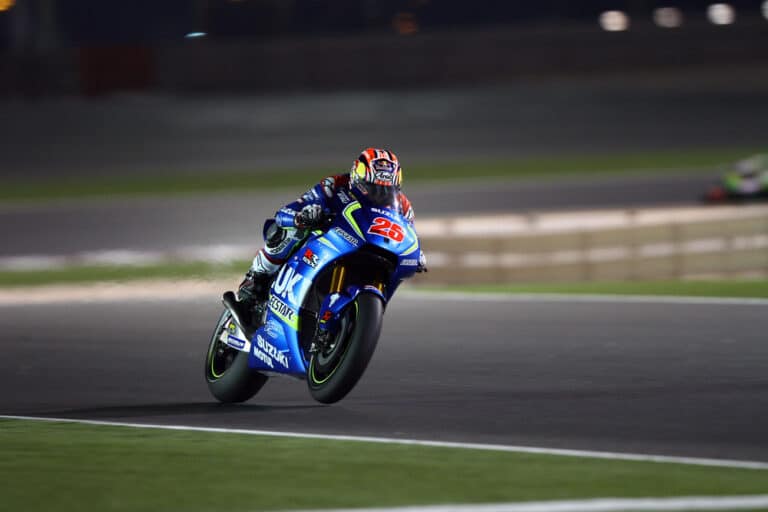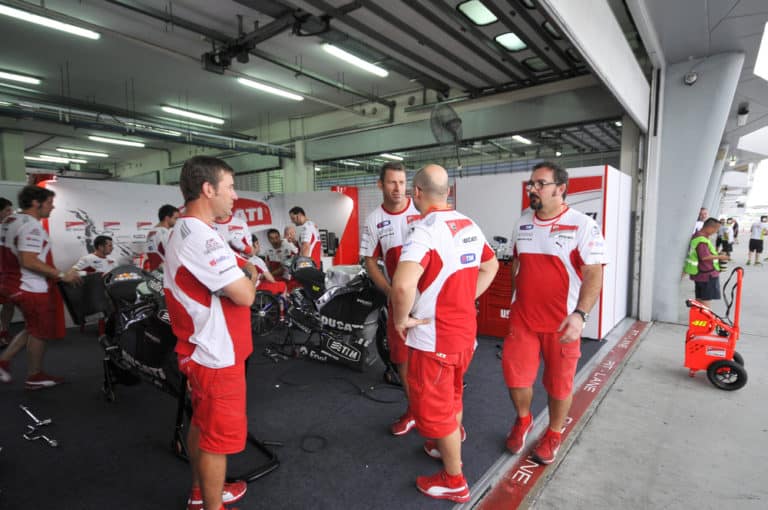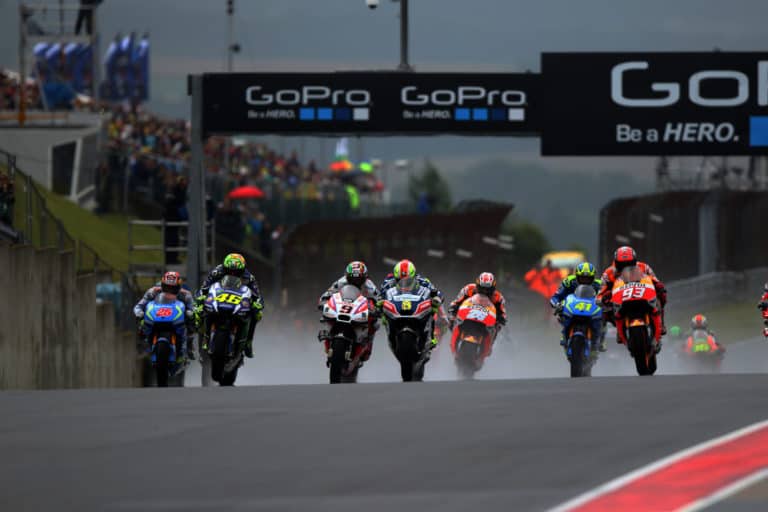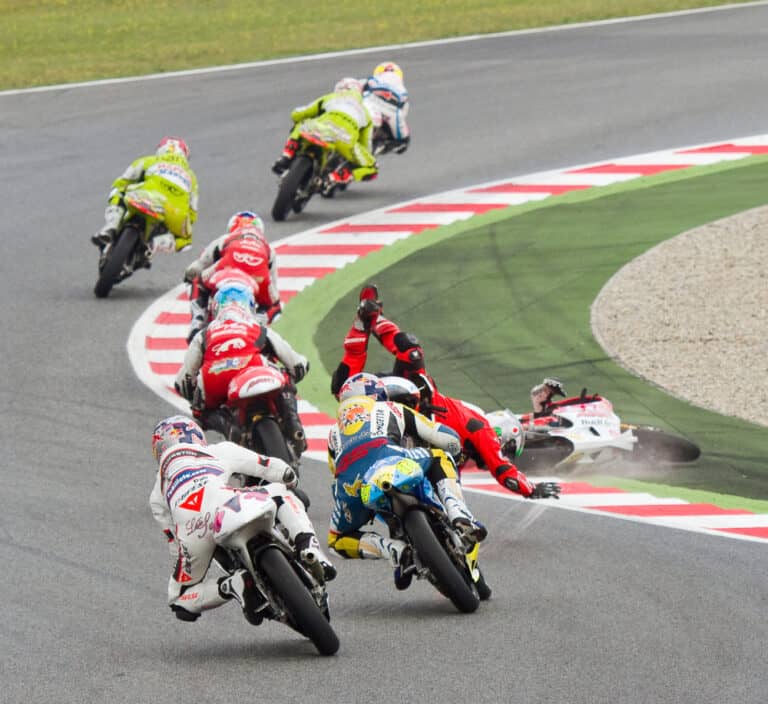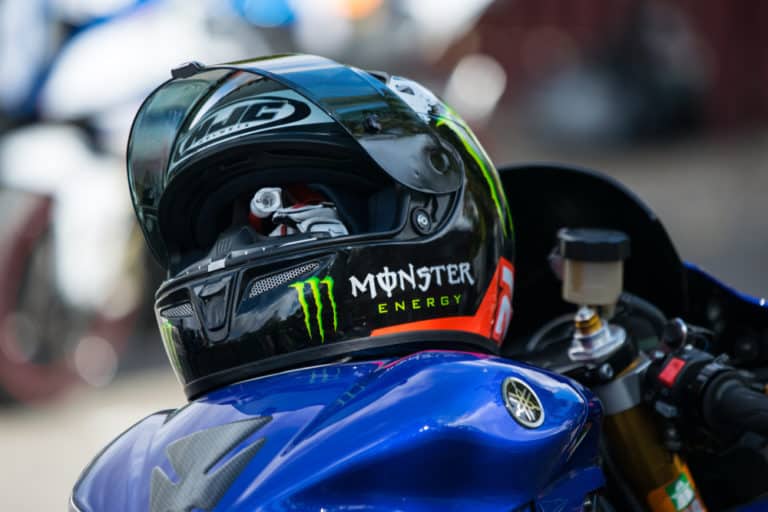Chatting to several sports fans recently, I was astounded to learn that many of them no longer watch motorsport. For someone like me, living 62 miles/ 100km from an international raceway, this was anathema, and I was determined to find the cause.
Incredibly, over 90% of the people I asked said the same thing: “It’s too confusing now.” Apparently, the commentators – clearly knowledgeable – presume their audience is also enlightened fans and no longer cater to the thousands of people who join their channel and then leave minutes later, possibly never returning.
Motorcycle racing was mentioned, and the various engine sizes in MotoGP caused a lot of confusion. If MotoGP is the premier motorcycle racing class globally, why is there a different group called Superbikes (SBK)? Are these bigger than MotoGP? What cc do MotoGP riders use?
MotoGP riders use prototype machines with a maximum engine displacement of 1000cc. Bikes have four cylinders and a maximum bore of 81mm, producing up to 240bhp. No super/turbocharging is permitted, and max six gears are allowed. Top speed is 362.4kmph/225mph. The minimum weight of a bike is 158kg.
MotoGP is indeed the premier class in the motorcycle racing world, with millions of dollars being poured annually into the teams, riders and bikes. Where MotoGP bikes are all prototypes from top to bottom, SBK is a class of production bikes that have been modified at much less expense, though both classes have a maximum of 1000cc’s allowed.
Was MotoGP Always the Name for the Premier Class?
The premier class was not always called MotoGP, nor was the maximum engine limit always 1000cc. Known initially as the 500cc class, the Grand Prix Road-Racing World Championship was established in 1949 by FIM, the Fédération Internationale de Motocyclisme. Based in Switzerland, they are the sport’s governing body. The class is the oldest motorsport World Championship still in existence today.
The first year saw races in the 125cc, 250cc, 350cc, and 500cc bike classes and 600cc sidecars, though these were phased out from the World Championship classes in the mid-1990s.
The 350cc class had long disappeared at the end of the 1982 season, but until that point, riders often raced in several classes and even won World Championships in different classes in the same year. John Surtees went one better and is still the only person to become World Champion in the Premier Classes of both the two and four-wheel disciplines.
The first World Champion on a 500cc was the Brit, Les Graham, riding a British-built AJS. Despite Graham never winning again, Britain took a stranglehold on motorcycle racing for the next 28 years, sharing the Championships with Italy and Rhodesia. Since that time, only the USA, Australia, and Spain have joined the list of World Champion’s home countries, making six countries in all.
1977 saw the World Champion riding a 750cc machine for the first time, and honours went to the USA’s Steve Baker on a Yamaha.
In 2002, specific rule changes were implemented to facilitate the phasing of the 500 cc two-strokes engines. The premier class was then rebranded as MotoGP, and manufacturers could choose between running a two-stroke engine with a max of 500cc or a four-stroke engine up to 990cc.
The first World Champion in the newly created class was the incomparable ‘Doctor’, Valentino Rossi of Italy, who took the honours on a Honda.
By 2003 no two-stroke machines remained in the MotoGP field, although the 125cc (Moto3) and 250cc (Moto2) classes still consisted exclusively of two-stroke machines.
In 2007, the maximum engine displacement for MotoGP was reduced to 800cc and stayed at this size until 2012, when it was increased to a maximum of 1000cc and has been constant ever since.
2007’s World Champion was the late Australian, Casey Stoner, who did so in grand style on a Ducati, giving the Italian team their first-ever win in the class.
Grand Prix motorcycle racing (MotoGP) actually has three classes that make up the group. (Four if you count the electric E-Class, which most purists do not). New fans often are unsure if MotoGP refers to the whole group of classes or just to the premier class of 1000cc machines and riders.
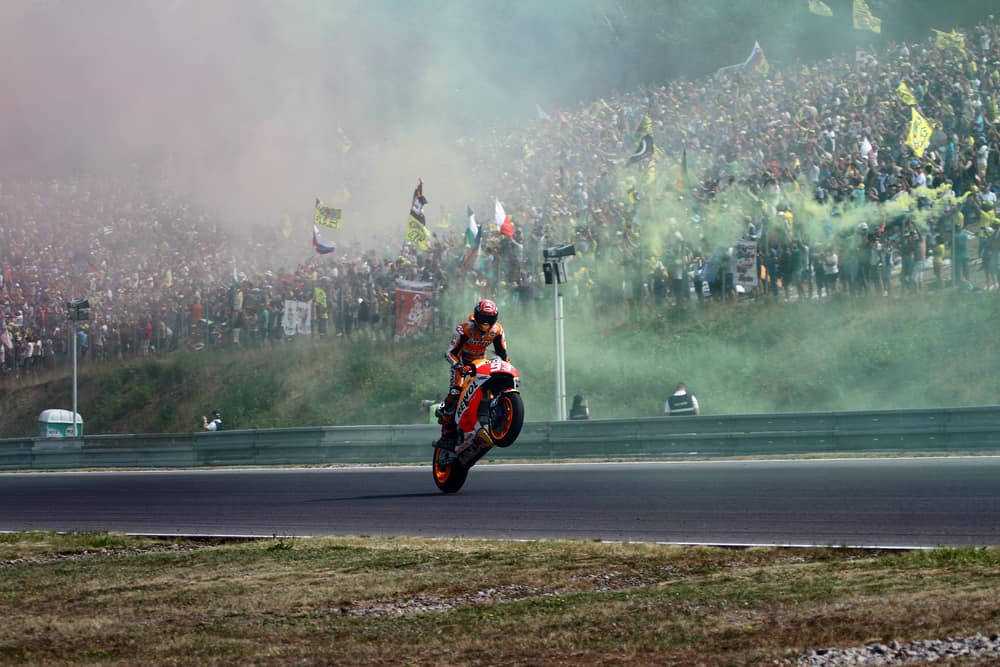
Moto3
There are several feeder classes in motorcycling worldwide, and riders who are considered good enough or who have exceptional potential can be ‘fed’ into the World Championship Classes. It is inevitably Moto3 that gets them first.
Before being named Moto3 and up until 2012, this was the 125cc class of two-stroke machines, but this changed in that year to a 250cc four-stroke engine, which, unlike Moto2, are still prototypes to this day.
Moto2
Two years before this, in 2010, Moto2 moved from the 250cc two-stroke engine to a much more powerful 600cc four-stroke Honda machine, and then, seven years later, moved across to the three-cylinder, 765cc, Triumph production engine that is still in use today.
Are These 1000cc MotoGP Engines Available to the Public?
No:
- These are prototypes that carry technology that no developer wants to chance falling into a competitor’s hands.
- Prices are ludicrous, and a MotoGP bike would cost 10-20 times the price of a production bike, even if it were possible to buy one. Carbon and other cutting-edge materials pile on the cost, as the engineers cut down on weight, etc.
- The bikes’ specs and lack of adequate mufflers guarantee that no law enforcement agency in the world would allow them on their roads.
Can the Public Buy a MotoGP Engine After the Season Ends (or later)?
No, for much the same reasons. Interestingly, it is not uncommon for bikes to be given away to selected recipients at the end of a season; team bosses, riders, previous champions, etc. By this time, the cat is pretty much out of the bag, and all teams seem to learn rather quickly what their competitors were up to the previous season.
How Would a MotoGP Bike Do Against an SBK Bike?
Visually, I have always considered an SBK bike to be traveling a lot slower than a MotoGP machine, but in fact, it’s only a second or two per lap that they lag. That said, at 362kmph / 225mph, two seconds is a difference of 200m / 218yrds, which is PER LAP, so I guess they are traveling a lot slower than the MotoGP bike.
Conclusion
The actual engine displacement is not the most critical issue in motorcycle racing. As the years have shown, champions have come to the fore regardless of their bikes’ cc limits, and the sport is all the better for it.

